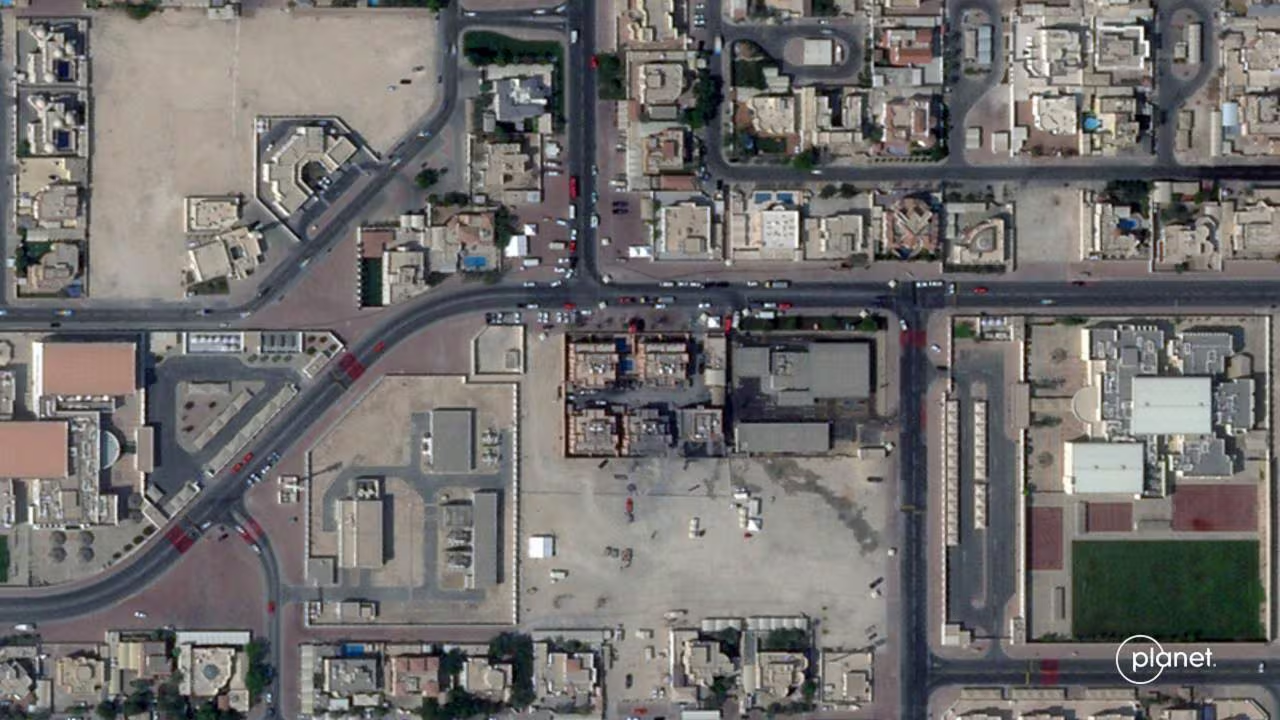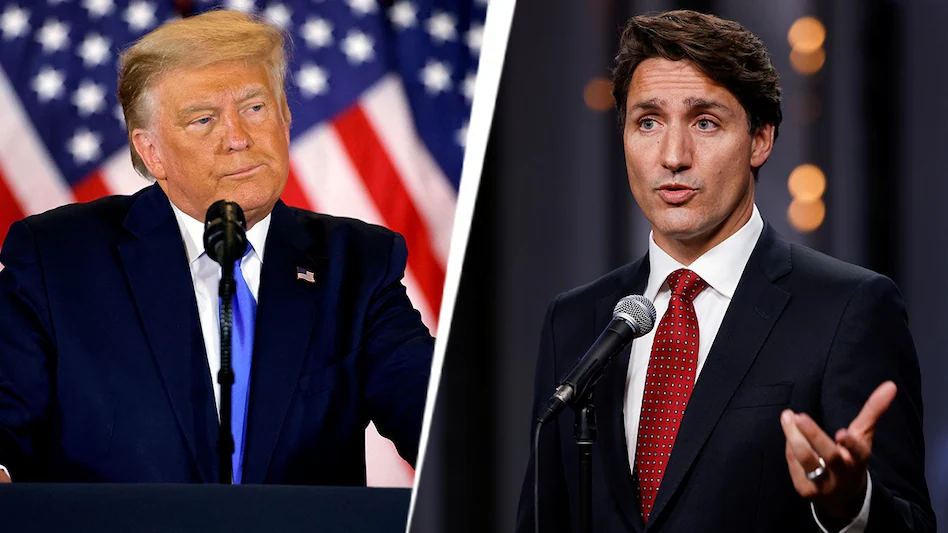India and Pakistan have entered a period of increased military and diplomatic hostility following the April 22, 2025, terrorist incident in Pahalgam, which claimed the lives of 26 tourists in Jammu and Kashmir.
India quickly reacted by sending its most sophisticated and domestically constructed aircraft carrier, INS Vikrant, into the Arabian Sea near the Pakistani coastline, accusing The Resistance Front, a branch of the Pakistan-based Lashkar-e-Taiba, of carrying out the attack.
The carrier, which is part of a bigger strike group that also includes destroyers, frigates, and anti-submarine warships, was confirmed to be present off the coast of Karwar by satellite images taken between April 23 and 25.
Only 600–700 kilometers off Pakistan’s coast, this deployment is widely seen as a clear message to Pakistan and a tactical and symbolic declaration of India’s maritime dominance, marking a change from strained diplomacy to overt military posturing.
This action by the Indian Navy is not typical; rather, it is a strategic realignment meant to exert pressure on Pakistan’s military command system, especially in Punjab province, project power, and secure critical sea routes.
With its MiG-29K fighter fighters and cutting-edge naval weapons, the deployment of INS Vikrant is interpreted as a strong indication that India is prepared to protect its interests and mount a forceful defense against any future provocations. Fears of a wider escalation have been raised by reported border skirmishes, increased flights by both Indian and Pakistani air forces near the Line of Control, and naval maneuvers.
According to reports, the Pakistani military establishment is uneasy about the INS Vikrant’s high-profile deployment. The top military levels are concerned about the potential for targeted strikes or further escalation, which is why Pakistan’s Army Chief has taken precautionary steps, including moving his family, according to media sources and defense analysts.
This development demonstrates how seriously Pakistan takes India’s military display and the possible weakness of its command infrastructure in the area.
In the face of these escalating tensions, Pakistani Prime Minister Shehbaz Sharif has openly denied India’s charges, calling them unfounded and urging New Delhi to take a more accountable, fact-based stance.
Sharif has emphasized that Pakistan is prepared to defend itself from any aggression and has threatened to use all of its might and resolve in response to any provocation. Sharif has simultaneously indicated a willingness to work with the international community while upholding a defiant stance against Indian accusations by offering to take part in a neutral, transparent, and credible investigation into the Pahalgam attack in what appears to be an attempt to defuse the situation.
With India suspending the Indus Waters Treaty and Pakistan retaliating by suspending the Simla Agreement, blocking airspace, and expelling ambassadors, the two nations’ diplomatic ties have further worsened.
Analysts warn of the wider regional ramifications if the current trend continues, as these extraordinary actions represent a major rupture in the post-1971 framework that has regulated bilateral relations.
The stakes in the ongoing India-Pakistan conflict have significantly increased since the INS Vikrant was deployed close to Pakistan’s coastline. The leadership of Pakistan is implementing both defensive and diplomatic measures, such as the evacuation of important military families and a request for an international investigation, while India aims to demonstrate its military superiority and thwart additional strikes.
As both countries exchange accusations and demonstrate their military might, there is still a chance that the situation will worsen.


